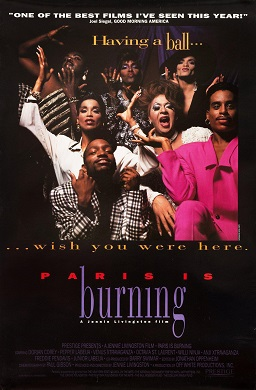Working Every Day With Kids
I'm a teacher. I don't have a classroom of seventy kids. My largest class has twenty-three students. I work at a small school. There is a lot of interaction between teachers and students and I'm often in the middle of things every day. Because of my schedule, I get to teach several different subjects to different age groups. I teach two different groups of Sixth graders once a week. We've had this schedule since September.
Teaching Kids How to Research Online
Creating Surveys to Teach Qualitative and Quantitative Questioning
Leveraging my students' insatiable curiosity, I made them create their own Google Forms. We did a unit on qualitative and quantitative questions. How many hours do you spend online? That's a quantitative question. How do you feel about going to the dentist? That’s a qualitative question. And I talked about the differences between open and close-ended questions. Using those two concepts we created surveys. A large percentage of the kids wrote survey questions about video gaming habits. Elliot wrote a survey collecting information about eating-out habits. And another kid named Amber wrote a survey that used Google Form’s redirect feature to make the survey different based on answers respondents gave to questions. It was the first time I had ever made kids make their own Google Form. So I was happy. Sending out the Forms to others took some work, though. Kids had fun emailing the persistent link to friends, teachers, and family - but, to be honest, the kids who had their parents post the link to other adults via social media garnered the most results. I was impressed that one savvy researcher amassed 70+ results. Most of us managed only to get twenty. But the goal of the lesson was in designing and creating the survey - not in its popularity. So I praised kids’ design efforts over popularity.
Creating Google Forms With Students
If you want to do a similar lesson with kids keep these things in mind:
- The first question should be required:
- Set the Google Form to not collect respondents’ emails. And disable required Google login to take the survey.
- Turn off quiz mode. There are no right or wrong answers.
- Make a snazzy visual header.
- Brainstorm lots of ideas. Look up and model good examples.
- A survey on BBQ versus Hot Pot is a better survey than just FOOD.
- Use lots of relevant images!!!!
- Divide your survey into sections.
- Use the grid question type in Google Forms.
- Make your kids use all the question-types.
- There is a difference between a checklist question and a multiple-choice question.
- Make your kids create at least one linear scale question.
- Don't make all questions open-ended.
- Have kids explain their questions. Not everyone understands what Fortnite and dap mean.
Other Things to Consider:
Explain to your students that they're conducting research using qualitative and quantitative data and exploring general interests and preferences. They're not collecting personal information. Don't collect first and last names, addresses, emails, or birthdates with month, day, and year.
If your school is not set up to use Google Apps don't worry. If kids are thirteen and older they can create their own Google accounts. If kids are under thirteen, they'll need parental permission to make a Google Account for kids.
Proofread your kids’ work before allowing them to send it out to the world. Once you decide a survey meets your standards make the student draft a Researcher’s Letter and save it to Google Docs. That way they can be like real data scientists.
An Example of Student Work
Dear Friends, Etc.,
I’ve created a qualitative and quantitative survey to represent students in Middle School and their favorite things (this survey only applies to students in 4th, 5th and 6th grade.). I’m conducting this research for a school project. I am not collecting personal information. Thank you for taking this survey!
Best Regards, Lilly Here is the URL: https://forms.gle/43JVcWDe3rjPn9666 |
What Has Been Your Experience Teaching Kids Online Research Skills?
Thank you for reading my blog. I write a lot of stuff about different topics; so, I hope you enjoyed this one about using Google Apps in the classroom. Let me know in the comments if you've ever experimented with Google Forms in a classroom setting.
Thank you for reading my blog. I write a lot of stuff about different topics; so, I hope you enjoyed this one about using Google Apps in the classroom. Let me know in the comments if you've ever experimented with Google Forms in a classroom setting.














